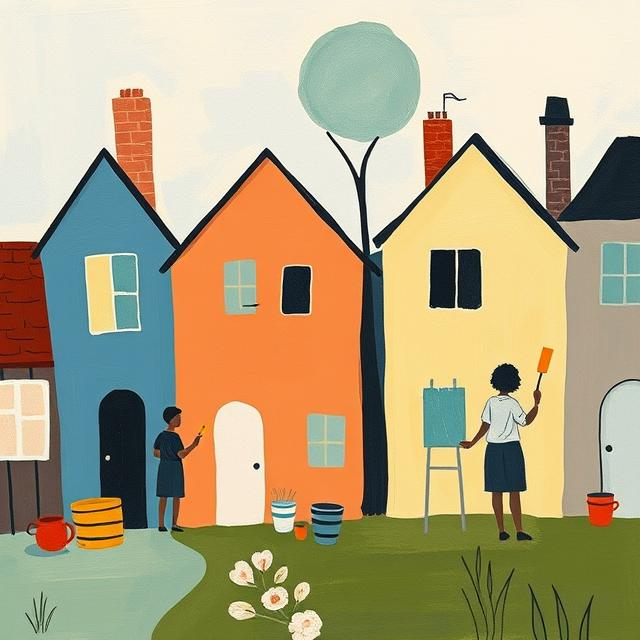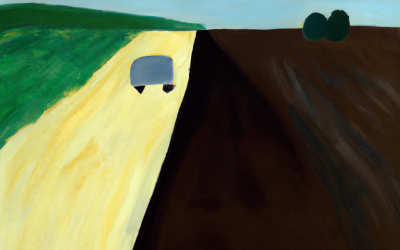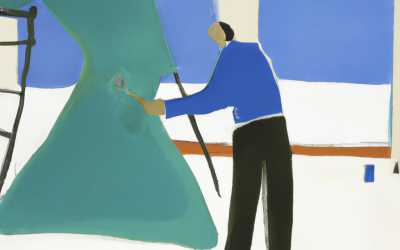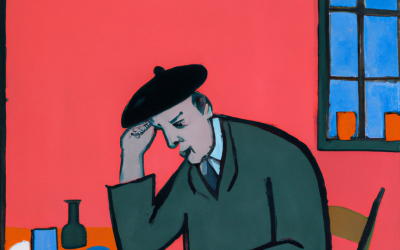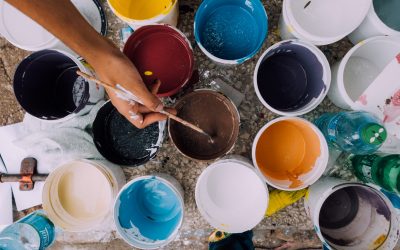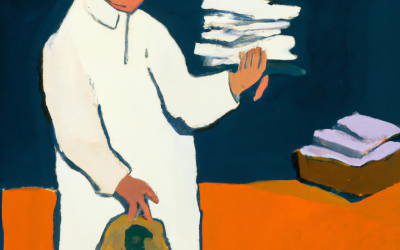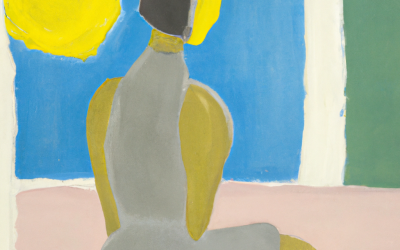The Eternal Struggle: Finding Time to Create
Let’s be honest—if you’re reading this, chances are you’ve muttered the phrase “I just don’t have time for art” at least once this week. Maybe even today. Between jobs, families, pets, taxes, and the unexpected existential crises that come with simply being alive, carving out time for your creative work can feel like trying to sculpt marble with a butter knife.
But here’s the thing—if making art is truly important to you, you’ll find a way to fit it into your life. And no, that doesn’t mean you need to quit your job, abandon your responsibilities, or live in an artist commune (tempting as that may be). It means learning the fine art of time management for artists—a skill as elusive as the perfect shade of cerulean blue.
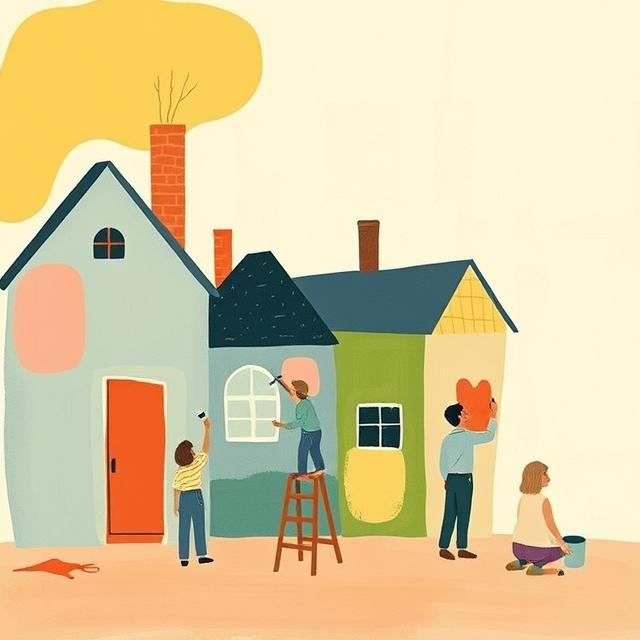
Why It’s So Hard to Keep a Creative Practice Going
Passion is the Secret Ingredient
First, let’s address the giant, paint-splattered elephant in the room: if you’re not deeply passionate about your creative practice, it’s going to be very difficult to sustain it.
Art takes time, effort, and sometimes emotional turmoil. If you’re only doing it because you think you “should” or because you like the idea of being an artist more than actually making art, you’re going to struggle. The truth is, people make time for what they love. If art is one of those things, you’ll find a way to fit it into your schedule—even if it means sketching in the margins of your grocery list.
If you’re feeling stuck, ask yourself: Do I actually love making art, or do I love the idea of being an artist? If you’re passionate, you’ll make time. If not, maybe it’s time to explore a different creative outlet. And that’s okay!

How to Make Time for Art (Even When You Have No Time)
1. Schedule Your Art Time Like an Important Meeting
If you had a doctor’s appointment or an important work meeting, you wouldn’t just hope you’d find the time for it—you’d schedule it. Treat your art the same way.
Block out time on your calendar for your creative work, even if it’s just 30 minutes a few times a week. Set a reminder. Make it non-negotiable. If your family or roommates try to interrupt, stare at them dramatically and whisper, “This is my sacred time.” (Okay, maybe don’t, but do let them know this is serious business.)
2. Use the “Little and Often” Approach
Many artists fall into the trap of thinking they need huge chunks of time to create. But let’s be real—if you’re waiting for a six-hour block of uninterrupted creative bliss, you might as well be waiting for a unicorn to paint your next masterpiece.
Instead, embrace the “little and often” philosophy. 15 minutes of art every day is better than waiting for the perfect weekend that never comes. Sketch while drinking coffee, paint while listening to a podcast, brainstorm ideas in the shower. It all adds up.
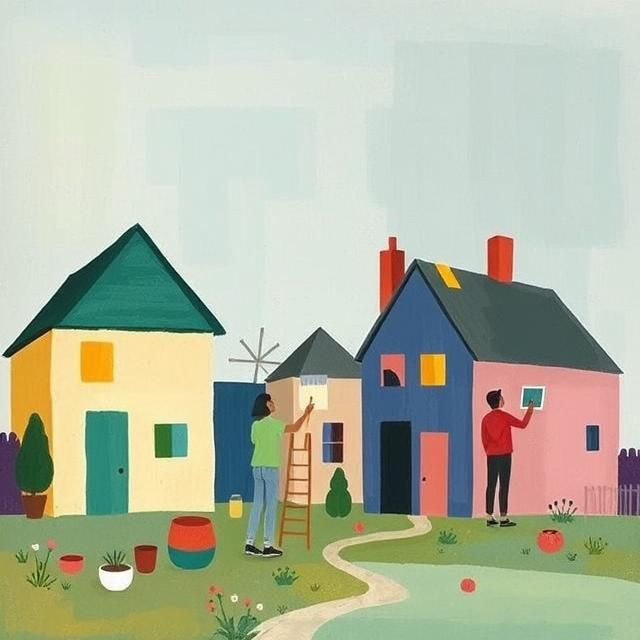
3. Identify Your Time Wasters
We all have them—those sneaky little activities that drain our time without us realizing it. Social media? Mindless Netflix binges? Staring at a blank canvas for two hours while contemplating the futility of existence?
Take a hard look at your day and see where you can reclaim time for your art. Maybe it’s swapping 30 minutes of scrolling Instagram for 30 minutes of drawing. Maybe it’s cutting back on that third episode of your favorite show. Small adjustments can make a huge difference.
4. Combine Art with Daily Life
If you have a busy job, a family, or both, try integrating art into your daily routine.
- Sketch while commuting (if you’re not the one driving, of course!).
- Doodle while on phone calls.
- Write ideas in a notebook during lunch breaks.
- Paint while your kids do their homework.
This isn’t about finding time—it’s about stealing it back from the chaos of life.
5. The Art of Procrastination: Make It Work for You
Ah, the classic struggle—procrastination art. (Or should we say, the art of procrastination?) Sometimes, we avoid making art because we’re scared of failure. Other times, we just can’t get started.
The trick? Lower the stakes. Tell yourself you’re just going to “mess around” for five minutes. No pressure. Often, once you start, you’ll keep going. The hardest part is getting past the initial resistance.

How to Set a Realistic Art Schedule
1. Know Your Natural Rhythms
Are you a night owl or a morning person? Do you get a burst of energy after lunch? Schedule your art sessions when you naturally have the most creative energy.
2. Start Small
If you go from zero to “I’m going to paint for five hours every day,” you’re setting yourself up for failure. Start with short, manageable sessions and build from there. 30 minutes, three times a week, is a great place to start.
3. Set Goals, But Be Flexible
Having a goal (like finishing one piece a month) can be motivating, but don’t beat yourself up if life gets in the way. Art should be enjoyable, not another source of stress.
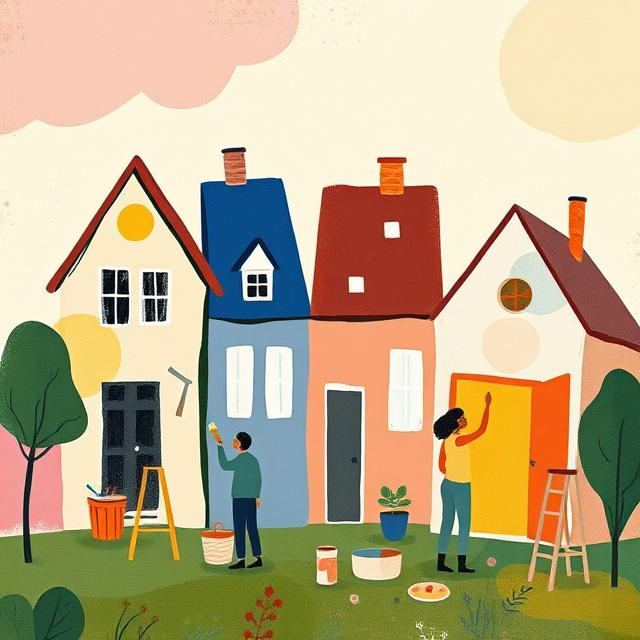
Life Advice from Artists: What the Pros Say
Many successful artists have spoken about the importance of routine and discipline. Here are some wise words to inspire you:
- “Inspiration is for amateurs. The rest of us just show up and get to work.” – Chuck Close
- “You can’t use up creativity. The more you use, the more you have.” – Maya Angelou
- “Amateurs sit and wait for inspiration, the rest of us just get up and go to work.” – Stephen King (okay, he’s a writer, but the advice still applies!)
Amateur Artist Problems: How to Overcome Common Struggles
- “I don’t have a studio.” You don’t need one. A corner of a table, a sketchbook, or a digital tablet will do.
- “I get distracted easily.” Use timers, set specific goals, and eliminate unnecessary distractions.
- “I feel guilty making art when I have other responsibilities.” Art isn’t a luxury—it’s a necessity. Your well-being matters. Make the time.
Final Thoughts: Make Art a Non-Negotiable Part of Your Life
Time management for artists isn’t about waiting for perfect conditions—it’s about making it work with the messy, chaotic reality of life. If you truly love making art, you’ll find a way.
Start small. Schedule it. Steal time back. And most importantly—enjoy the process.

